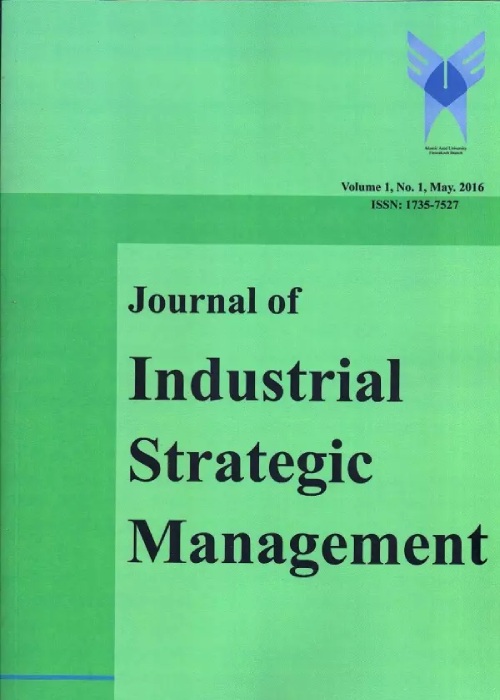Sustainable Optimization in Supply Chain Network of the Iranian Universities
Author(s):
Article Type:
Research/Original Article (بدون رتبه معتبر)
Abstract:
There has been a lot of problems for Universities that the main problems of the students are obliged to pay high fees for education and also inability of university to provide appropriate services in terms of quality and quantity of the students. These two factors cause psychological and even physical problems in the country's students an after a while their motivation for continuing education greatly get lowers. One of the most important part of the problems mentioned there, are self-services of Universities that in addition to their high cost, provide poor quality of their service level. In this article, we check the one of the self-services of country's Universities and we plan to implement a Sustainable Supply Chain in this section to minimize the costs and the quality of the food served in this sector to reach its maximum to reach the economically optimal point and raise the level of customer satisfaction to at least provide their needs and avoid the creation of adverse effects. We examined a four-level chain that made from distributor, logistics, self-service and customer. We want to use a multi-objective function, dual economic objective (cost) and social (quality) to deliver efficient point and also putting information at each level of the chain to the other levels, to minimize bullwhip effect on the entire supply chain and amount of inventory at each of the levels and therefore reduce total costs in this area and to increase the quantity and quality of cooking.
Keywords:
Language:
English
Published:
Journal of Industrial Strategic Management, Volume:4 Issue: 2, Summer-Autumn 2019
Pages:
23 to 32
https://magiran.com/p2167081
مقالات دیگری از این نویسنده (گان)
-
Presenting an Appropriate Knowledge Management Model of High School Principals of Tehran City
Mahnaz Masouditafreshi, Naghi Kamali *,
JOURNAL OF SOCIOLOGY OF EDUCATION, -
Development of a mathematical model to optimize production output function in dynamic manufacturing and production systems in line with regional planning and sustainable development.
Amirfoad Sateie, *, Hossein Ghazanfari
Quarterly of Geography (Regional Planing),



